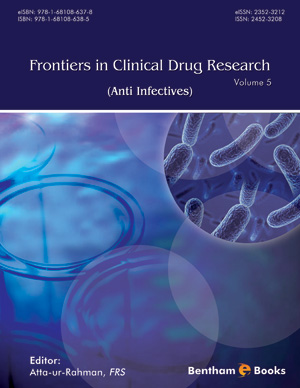Abstract
The emergence of Multi-Drug Resistance (MDR) in treating Tuberculosis (TB) has been led by the unnecessary overconsumption of anti tubercular drugs. MDR being a multifactorial phenomenon is governed by many unknown mechanisms, hence dissecting novel mechanisms for combating MDR is urgently needed. The success of pathogenic Mycobacterium tuberculosis (Mtb) as a dreadful pathogen is due to its capability to persist in chronic infection, despite of the robust immune response by the host. During the course of infection, Mtb resides inside the host macrophages which in turn provide a relatively hostile environment to the pathogen. This host pathogen interaction causes the macrophages to undergo maturation, leading to lowering of pH and limiting nutrients, including magnesium (Mg2+). Since Mg2+ is the most abundant divalent cation in living cells it is mandatory for all organisms to maintain its physiological levels to an optimum concentration. Mg2+ has a critical role in stabilizing membranes, ribosomes, required as a cofactor in various enzymatic reactions and the neutralization of nucleic acids. Thus harnessing the Mg2+ dependent pathways in Mtb could be targeted as effective anti-TB strategy. This chapter helps in gaining insights into the association of Mg2+ in survival of Mtb and how it can be exploited as potential anti-mycobacterial drug targets.
Keywords: Anti-TB target, Drug resistance, Magnesium, MgtC, Mycobacterium.Anti-TB target, Drug resistance, Magnesium, MgtC, Mycobacterium.






















